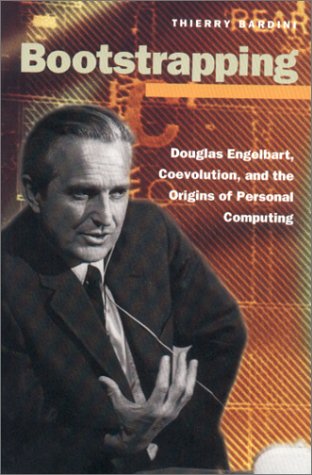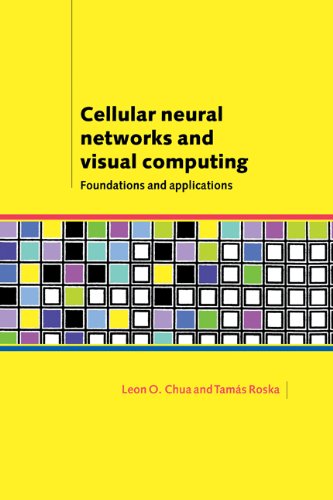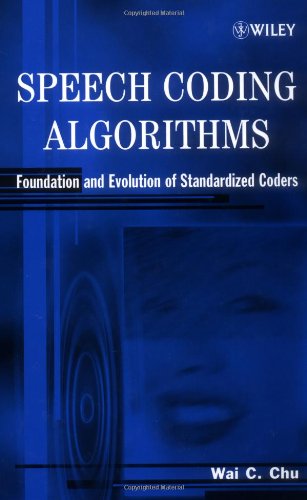Thierry Bardini0804738718, 9780804738712
Engelbart felt that the complexity of many of the world’s problems was becoming overwhelming, and the time for solving these problems was becoming shorter and shorter. What was needed, he determined, was a system that would augment human intelligence, co-transforming or co-evolving both humans and the machines they use. He sought a systematic way to think and organize this coevolution in an effort to discover a path on which a radical technological improvement could lead to a radical improvement in how to make people work effectively. What was involved in Engelbart’s project was not just the invention of a computerized system that would enable humans, acting together, to manage complexity, but the invention of a new kind of human, “the user.” What he ultimately envisioned was a “bootstrapping” process by which those who actually invented the hardware and software of this new system would simultaneously reinvent the human in a new form.
The book also offers a careful narrative of the collapse of Engelbart’s laboratory at Stanford Research Institute, and the further translation of Engelbart’s vision. It shows that Engelbart’s ultimate goal of coevolution came to be translated in terms of technological progress and human adaptation to supposedly user-friendly technologies. At a time of the massive diffusion of the World Wide Web, Bootstrapping recalls the early experiments and original ideals that led to today’s “information revolution.”
Amazon.com Review Some revolutions are thoroughly televised. When Douglas Engelbart first demonstrated small-w windows and a funny wooden device called a mouse back in 1968, interest jumped quickly and he became the progenitor of the PC. Now, less widely known than the successful entrepreneurs who made billions from his innovations, his story deserves deeper attention as an outstanding example of practical creative research. Communications professor Thierry Bardini examines the scope of his work before and during his tenure at the Stanford Research Institute in Bootstrapping, a thoughtful history of an underreported story.
Bardini cleverly sidesteps the postmodern superanalysis of his colleagues to present a clear, straightforward glimpse into Engelbart’s environment of inspiration. As an engineer familiar with the earliest computers, he quickly came to understand that their complexity could rapidly outpace human ability to cope–and thus was born the concept of the “user.” His team used their computing power to determine how best to use their computing power–a reflexive assignment of profound brilliance–and churned out novel concepts and designs faster than their contemporaries could absorb them.
How and why this occurred as it did is the focus of Bardini’s research, and students of creativity and the history of computing will have fits of ecstasy that he has compiled his work so accessibly. Better still, Bootstrapping shows research done right and is essential reading for R&D types everywhere. –Rob Lightner







Reviews
There are no reviews yet.